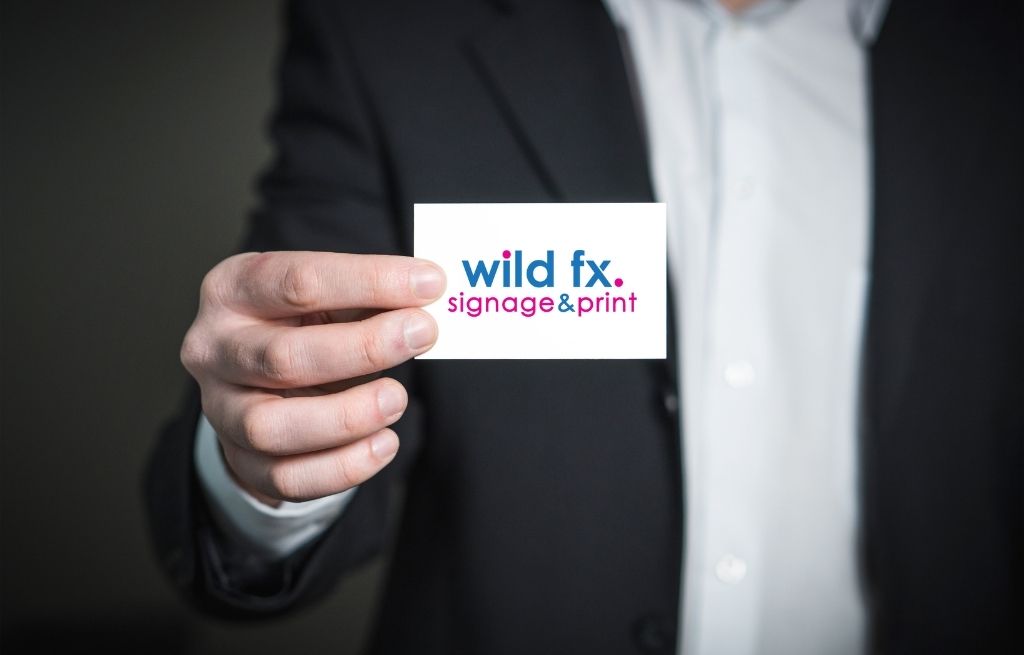Some say are business cards still relevant? Thanks to a variety of digital alternatives, they are.
But if exchanging information digitally is so easy, why are we still hanging on to these little pieces of card?
Why do business cards still work?
Business cards don’t still exist because of some warped sense of tradition or nostalgia; it’s because they continue to add value to the networking experience.
Whether you’re at a conference, mixer or backyard BBQ, a business card allows you to easily give or receive pertinent contact information. There’s no fumbling with your smartphone or hunting down a pencil and paper. You don’t even have to break eye contact.
Business cards still relevant not only save time but allow us to focus on making genuine face-to-face connections.
And, as an extension of your brand, they can add context to help you make a longer-lasting impression.
What should you put on a business card?
Business cards today can be anything you want them to be — 3D, metal, even edible!
How creative you get depends on your industry, brand and personality.
But don’t feel like you need to reinvent the wheel (or the rectangle). The standard business card isn’t just a time-honoured tradition; it’s also practical, easier to carry and less likely to be discarded.
Regardless of design, there is certain information you should always include on your business card.
- Name: How can anyone contact you if they don’t know who you are?
- Job title: Make sure your title makes it clear what you do otherwise they won’t know why they should contact you.
- Company name: This can give you added credibility, especially if your company is recognisable.
- Email address: Make this your direct work email, not a company catch-all or a personal address.
- Phone number: This should be your direct business line, not an automated company line or a line that requires going through three receptionists to finally reach you.
- Website: Keep URLs short and easy to read.
- Location (if applicable): Providing a location can be beneficial if you operate in the physical.
These are business card basics, but there’s no reason you can’t go above and beyond.
Consider adding the following:
- Company logo: This helps associate you with your brand and makes your brand recognisable.
- Personal photo: A photo makes it easier for people to match a name to a face.
- Supplemental info: Taglines and mission statements help tell your story.
- QR codes: These take up valuable real estate, but they can be more visually appealing than written URLs. If you use a QR code, make it count.
- Social profiles: Only include a social media link if the specific outlet plays a significant role in your marketing.
The purpose of your business card is to make it easy for contacts to identify you later, long after they’ve forgotten who you are, what you do and why they should care.
Done right, your business card will not only answer those questions, but also provide a direct line of communication should the need arise.
What should you do with the business cards you collect?
It’s easy to throw a business card into a folder and forget about it. But to make it count, you need to go above and beyond the initial exchange.
Be proactive. Connect with the client on LinkedIn and add any useful information to your database.
It’s best to add information over time rather than waiting until your desk drawer is overflowing with business cards. Trust us, we know.
Once you’ve added this information to your database, use these contacts to targeted email marketing campaigns.


Leave A Comment